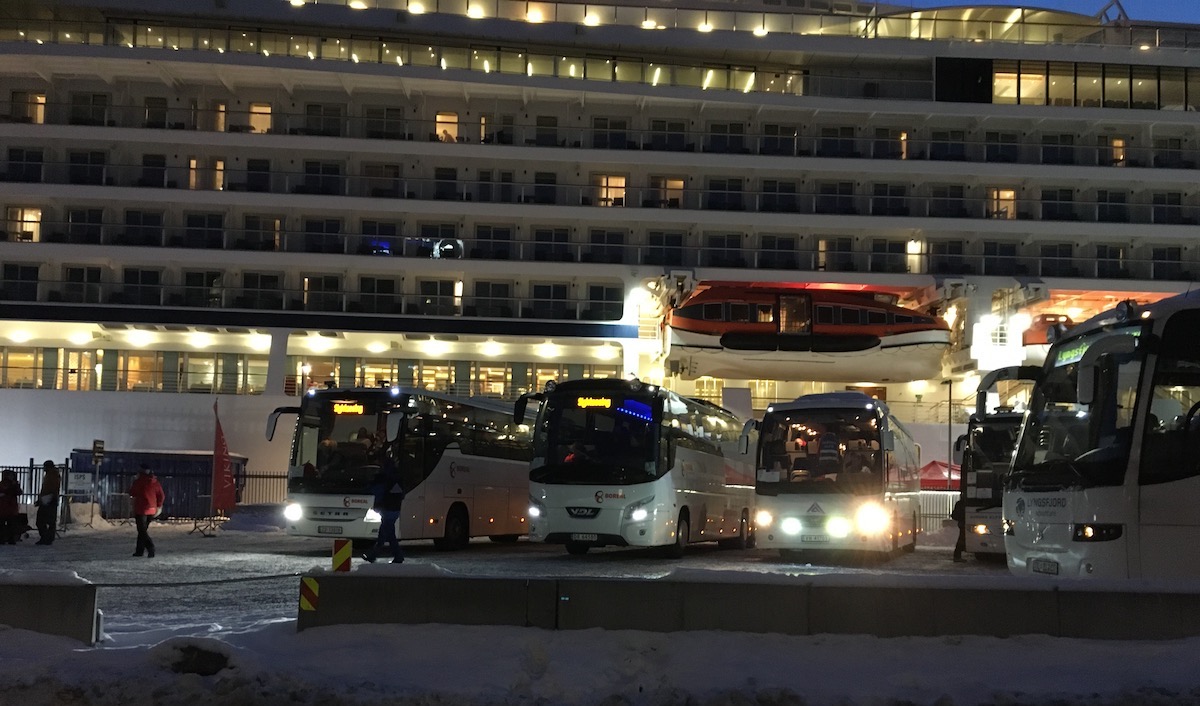For Northern destinations, dealing with tourism can be an exercise in crowd control
The tourism industry can be a massive boon to northern communities — if it can be managed.

If tourism in the North tends to get a bad rap, it is not hard to understand why. Rapid, often unexpected, growth is blamed for a sudden change of economic character, for placing a strain on infrastructure and generally disrupting the lives of locals.
Iceland, which has seen tourism overtake fishing as its largest source of foreign income, has long been the cautionary tale, but other destinations are going through similar growing pains.
Last year, for example, a local news outlet in Tromsø, in northern Norway, linked a near doubling of visitors in the span of less than a decade with the loss of locally oriented stores from the city’s high street and asked whether the limit had been reached.
Tourism officials seem to think not. Their goal is to have the number double again by 2030, when the number of overnight stays in the city of 75,000 will crack 2 million.
[As Svalbard reaches peak tourism, Oslo suggests fewer, better tour operators might be in store]
The local industry recognises this may be a hard sell: Its own polling shows that 35 percent of residents are already concerned about the impact on tourism is having on life in Tromsø. It admits growing the industry risks upsetting residents and visitors alike, but Inger-Lise Brones‚ of Visit Tromsø, a tourism promoter, maintains the problem is one of logistics, not of capacity. In Tromsø, 71 percent of visitors don’t stray far from city center, according to Arctic 365, an outfit seeking to promote year-round tourism.
Amongst Brone’s suggestions for making the most of the industry are spreading visitors out across a wider area and getting them to come outside the winter high season.
“Today, we have a greater need to manage visitors than to attract them,” she says. “We want to influence where they go and how they behave when they are there.”
Similarly, bringing down the number of guests, but increasing the number of nights stayed would be a way for the industry to reach its goal without bringing in more visitors. Raising prices is one way to weed out budget travellers, according to Børre Berglund, a manager with Arctic 365.
[For Northern destinations, spring is a season of discontent]
If the industry hits its target, revenues would could increase to 3.82 billion kroner ($42 million) annually, a rise of 60 percent on the 2019 take. Tourism, says Berglund, is already “huge” in northern Norway. Experience elsewhere shows that residents will not be opposed to it getting even bigger if they see some benefits in the form of jobs or improved infrastructure.
“Tourism really can improve the situation but only if you involve residents,” says Anna Popova, an academic with Murmansk Arctic State University specializing in tourism. “Murmansk used to be known for industry and fishing. Now we’re a tourism destination, but tourism has also led to growth in related industries and improved health services.”
Other benefits may be more existential, suggests Agnes Árnadóttir, a native of Iceland who now owns whale-watching business in Tromsø.
“The only reason the village I come from is still a place where people live is because of tourism.”